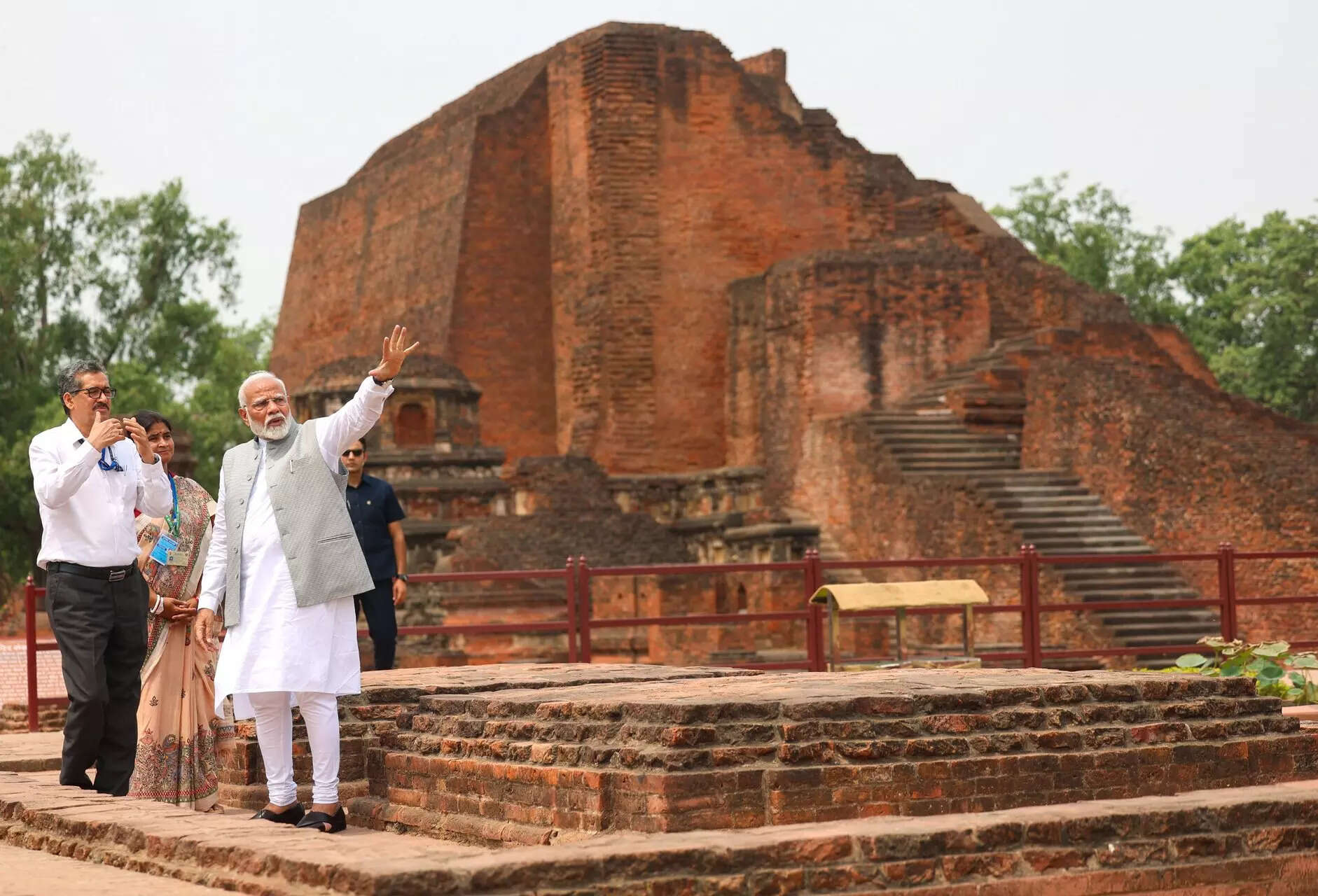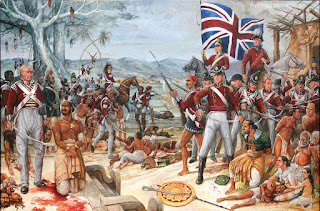About Bihar
The land where ancient wisdom was born and civilizations flourished
The Cradle of Civilization
Bihar, derived from the Sanskrit word "Vihara" meaning monastery, is a state steeped in history and spirituality. It's the birthplace of two major world religions - Buddhism and Jainism - and has been the seat of powerful empires that shaped Indian civilization.
From the ancient Magadha Empire to the modern democratic India, Bihar has consistently been at the forefront of political, cultural, and spiritual movements. The state's rich heritage is reflected in its archaeological sites, ancient universities, and vibrant traditions.
Today, Bihar continues to be a significant contributor to India's cultural landscape, preserving its ancient wisdom while embracing modern development.

Bihar at a Glance
Essential facts about the state of Bihar
Historical Journey
Tracing Bihar's remarkable journey through the ages
Magadha Empire
Bihar was the center of the powerful Magadha Empire, birthplace of Buddhism and Jainism.

Nalanda University
World's first residential university, attracting scholars from across Asia for over 800 years.

Freedom Movement
Bihar played a crucial role in India's independence movement with leaders like Dr. Rajendra Prasad.

Languages of Bihar
A rich linguistic heritage with diverse regional languages
Official Language
Recognized in 8th Schedule
Widely Spoken
Regional Language